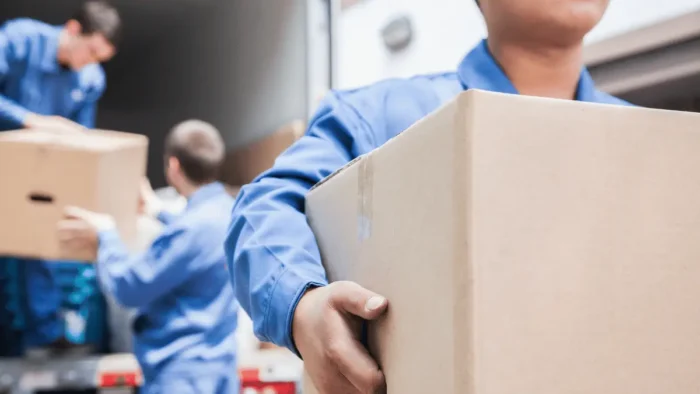The United States Department of Labor (DOL) is a cabinet-level department of the U.S. federal government responsible for occupational safety and health administration, wage and hour standards, unemployment insurance benefits, and reemployment services. The DOL’s mission is “To foster, promote, and develop the welfare of the wage earners, job seekers, and retirees of the United States; improve working conditions; advance opportunities for profitable employment; and assure work-related benefits and rights.” Closely embedded in the mission are the occupational safety, welfare, and working conditions of wage earners that need to be taken care of by employers.
Three DOL agencies – Occupational Safety and Health Administration, Mine Safety and Health Administration, and Fair Labor Standards Act – have responsibility for the administration and enforcement of the laws enacted to protect the safety and health of workers in America.
Thus, there is strong legislative backing for ensuring the occupational safety, welfare, and working conditions of wage earners. The flipside of these legislations is the penalty they impose on the employers if they don’t ensure the safety and health of their employees.
If you are an employer you need to understand that training is one of the best ways to minimize workplace risks and save your company, employees, and business a lot of bother besides fostering goodwill among them and more importantly among your customers.
Here are some ways to train your stakeholders:
1. Acquaint your employees with the health and safety legislation
It is important for you to appraise your employees and other stakeholders about health and safety legislation that affects your company. The Occupational Safety and Health Administration recommends Practices for Safety and Health Programs and in brief, they ask you to:
- Provide program awareness training
- Train employers, managers, and supervisors on their roles in the program
- Train workers on their specific roles in the safety and health program
- Train workers on hazard identification and controls
You should make it a point to let all your employees know about the laws and in particular the penalties that may be imposed on your company if you do not follow the guidelines strictly. It is very important that everyone knows the dire consequences of not providing a safe and healthy environment at work. One of the dire consequences could be a lawsuit, which would tax you both financially and emotionally, according to Rosenfeld Injury Lawyers, who specialize in trip and fall cases.
2. Inform your employees of the enormity of injuries at the workplace
Did you know that there a worker injured on the job every seven seconds, which means 4.5 million workers are injured on the job every year in the U.S. If you can even save 10% of workers from being injured on the job by taking safety precautions you are saving 0.45 million from getting injured. That is a lot of injuries avoided. You can set goals for your people to achieve with the ultimate goal being zero injuries.
3. Apprise your employees about the costs of unsafe workplace
Just as the enormity of injuries at the workplace can jolt you and your employees the enormity of costs incurred by your company if a worker is injured on the job can goad everyone to go the extra mile to make your workplace safer to prevent injuries.
According to the National Safety Council, a non-profit organization, the economic impact of preventable injuries is a humungous $170.8 billion in 2018. If, for instance, your company suffers two deaths in a year you would potentially pay up $2.38 million if the authorities can prove that you had not taken sufficient safety precautions to prevent the deaths. Imagine what it does to your bottom line.
Although the above is written to scare you it is possible that it will awaken you to the positive effects of keeping your workplace safe and your jobs protected as otherwise the company you work for will go bankrupt and you will have no job to hold. The best training you can give is to follow the guidelines issued by the Occupational Safety and Health Administration. Further, you must periodically update any amendments to the laws that may be made from time to time.





